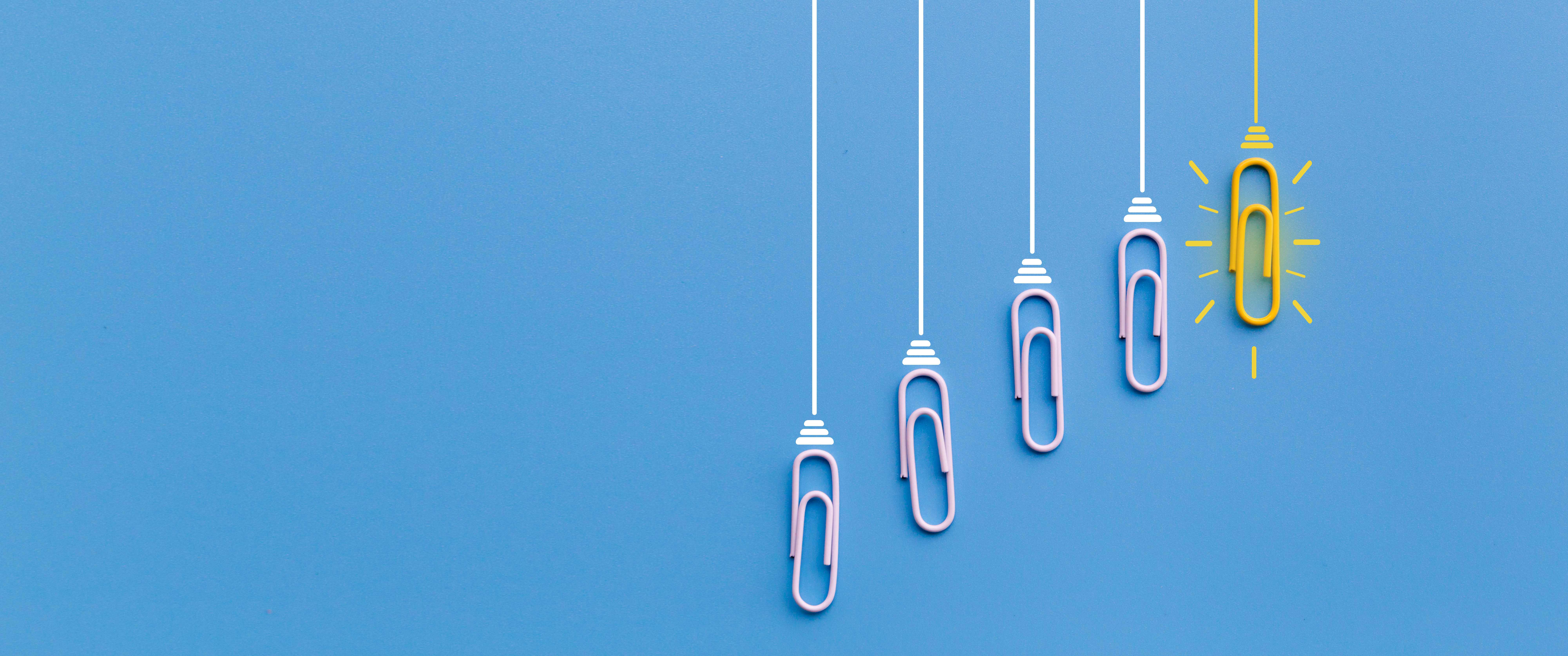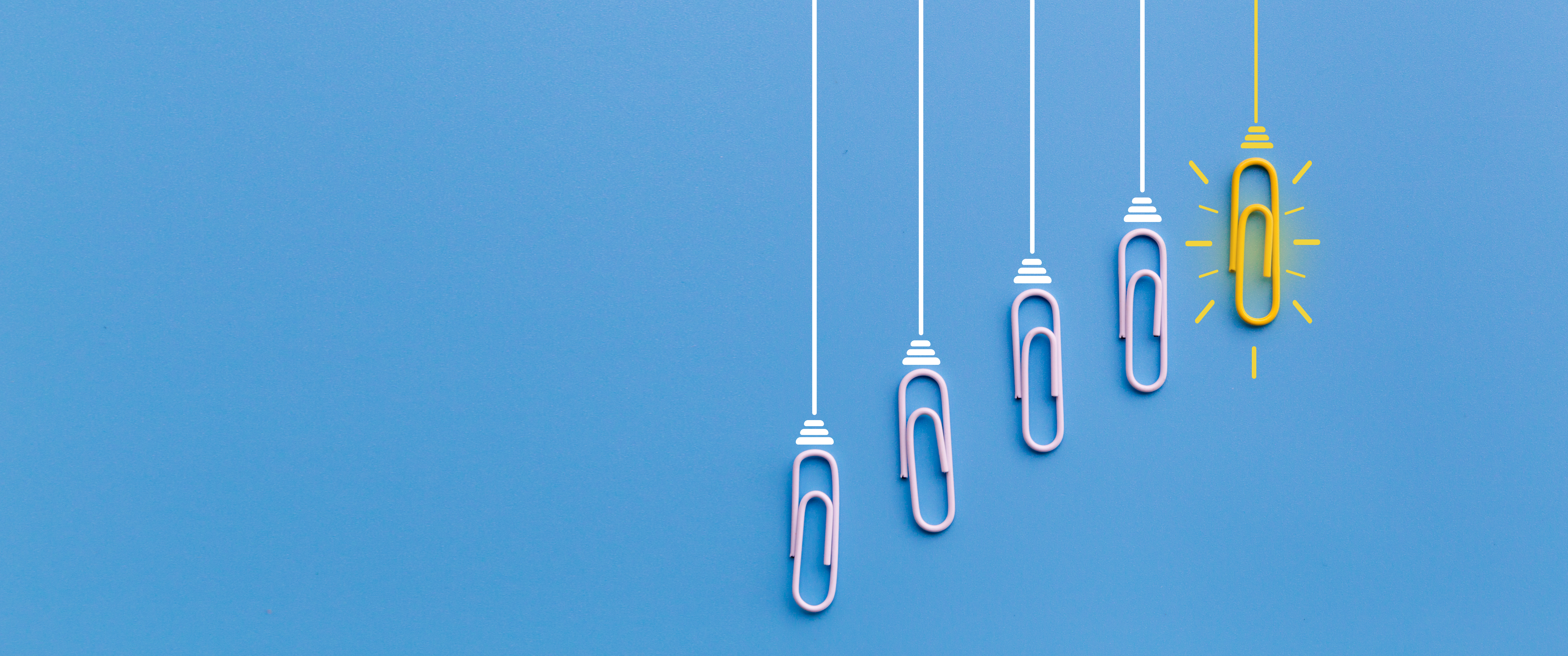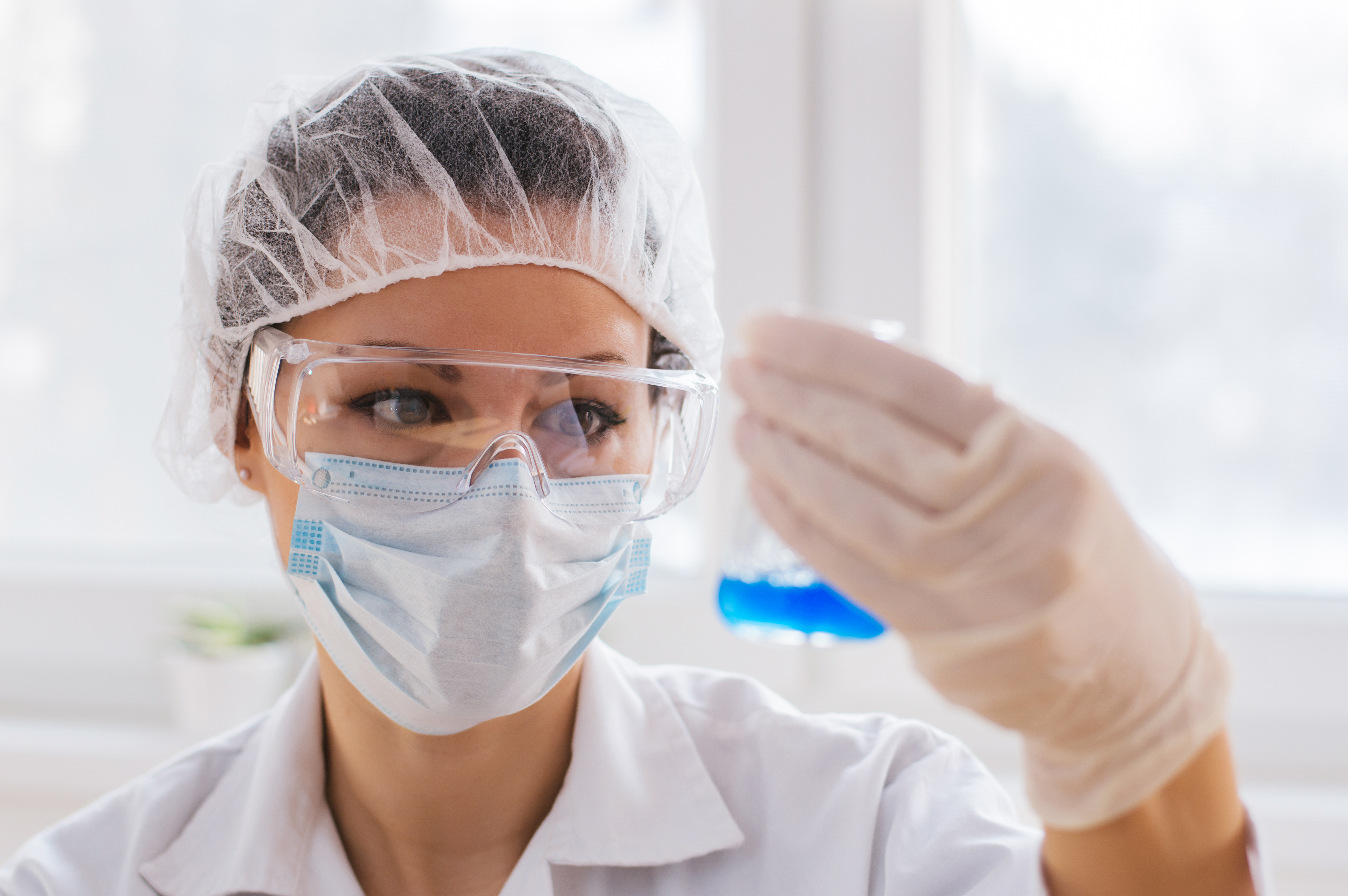We found 705 results that contain "it"
Posted on: Introduce Books, Storytelling And Narration, Books play a vital role in both brain development


Posted by
over 1 year ago
Introduce Books, Storytelling And Narration -- Edited
Books play a vital role in both brain development and language skills. They’re also the first step towards gross motor skill development (holding books, turning pages). I had introduced cloth books & soft sponge books to her when she was two months old, board books from five months, and paper books after she turned a year old. She liked colourful objects, animals, birds & shapes till around nine months and then loved listening to simple short stories from illustrated books (no fairy tales). And activity books (match the shadows, pairing similar objects) after she turned 2.
3. Ask Questions To Stimulate The Thinking Process
As I introduced the books, I named the objects she was seeing in all the languages I knew. Then I gradually started describing them (shape, colour, use). I explained the environment in which they are found and constantly asked her questions. For example, pointing at a rabbit, instead of asking “what is this?” I asked her, “it has long ears, a short fluffy tail, is soft & white like cotton. What is it?”. I continued with the exercise even when we went out to some shop or mall. We played the “I spy” game in the house & outdoors. I would describe objects and ask her to identify them. It was fun.
4. Let Your Kids Explore - Touch, Feel, Smell, Taste
I encouraged the natural tendency that kids have to explore the world around them. (But of course, with discretion). I never stopped her from playing with stones or mud in the garden, things like tasting sour lime or bitter gourd, smell a flower on the plant, etc. She learned by herself that stones were hard, mud was soft, ice was cold, the paper could be torn with hands and rubber bands were elastic & so on. Things that were not safe for her we explained to her & kept out of reach- like touching a hot cup of tea could burn her skin, pressing against a glass door could break the glass, playing with a sharp object could hurt, etc.
5. Music-Dance-Physical Activity
Kids love music & I was not surprised the other day when she sang the whole song “lakdi ki kathi, kathi pe ghoda” and danced to the tune as well. She now sings quite a few songs & rhymes. It seems like she has a good ear for music because she has been listening to it since childhood. I also noticed that a soothing instrumental piece calms her down whereas a song like “lungi dance” excites her. So, dance becomes an excellent physical activity to channelise the never-ending energy of a kid, and singing & listening to songs becomes a great mental activity. ---- Edited
Books play a vital role in both brain development and language skills. They’re also the first step towards gross motor skill development (holding books, turning pages). I had introduced cloth books & soft sponge books to her when she was two months old, board books from five months, and paper books after she turned a year old. She liked colourful objects, animals, birds & shapes till around nine months and then loved listening to simple short stories from illustrated books (no fairy tales). And activity books (match the shadows, pairing similar objects) after she turned 2.
3. Ask Questions To Stimulate The Thinking Process
As I introduced the books, I named the objects she was seeing in all the languages I knew. Then I gradually started describing them (shape, colour, use). I explained the environment in which they are found and constantly asked her questions. For example, pointing at a rabbit, instead of asking “what is this?” I asked her, “it has long ears, a short fluffy tail, is soft & white like cotton. What is it?”. I continued with the exercise even when we went out to some shop or mall. We played the “I spy” game in the house & outdoors. I would describe objects and ask her to identify them. It was fun.
4. Let Your Kids Explore - Touch, Feel, Smell, Taste
I encouraged the natural tendency that kids have to explore the world around them. (But of course, with discretion). I never stopped her from playing with stones or mud in the garden, things like tasting sour lime or bitter gourd, smell a flower on the plant, etc. She learned by herself that stones were hard, mud was soft, ice was cold, the paper could be torn with hands and rubber bands were elastic & so on. Things that were not safe for her we explained to her & kept out of reach- like touching a hot cup of tea could burn her skin, pressing against a glass door could break the glass, playing with a sharp object could hurt, etc.
5. Music-Dance-Physical Activity
Kids love music & I was not surprised the other day when she sang the whole song “lakdi ki kathi, kathi pe ghoda” and danced to the tune as well. She now sings quite a few songs & rhymes. It seems like she has a good ear for music because she has been listening to it since childhood. I also noticed that a soothing instrumental piece calms her down whereas a song like “lungi dance” excites her. So, dance becomes an excellent physical activity to channelise the never-ending energy of a kid, and singing & listening to songs becomes a great mental activity. ---- Edited
Posted on: #iteachmsu



Posted by
over 1 year ago

Natural resources are the raw materials and sources of energy that we use. Petrol, metals, soil, sand, wind, water, and everything in between are natural resources. Manufactured items such as plastic, sheet metal, fabrics, microchips, electricity and concrete are not natural resources, but are most definitely derived from natural resources.
Natural resources are the raw materials and sources of energy that we use.
Petrol, metals, soil, sand, wind, water and everything in between are natural resources. Manufactured items such as plastic, sheet metal, fabrics, microchips, electricity and concrete are not natural resources, but are most definitely derived from natural resources.
Think about the relationship between natural resources and manufactured products. In essence, we call them “natural” resources because they are things human society uses that are created (or were created in the case of fossil fuels) without human intervention.
Perpetually Renewable Resources
Perpetually renewable resources are the easiest resources to understand; these are natural resources that are constantly replenished by the Sun’s and Earth’s natural processes. For example, every day the sun delivers an average of 198 Watts of energy to every square meter (m
) of the Earth’s surface. For comparison a standard incandescent light bulb in a bedside lamp uses 40 Watts, or a 100kg person climbing a step in 2 seconds uses roughly 200 Watts. Every day without fail for the last 5 billion years (plus or minus a few hundred million years) the Sun has delivered this solar energy.
Together with geothermal energy (heat from the Earth’s interior), the Sun’s perpetual energy powers the winds, ocean currents, precipitation and most of the Earth’s plant life. Solar and geothermal natural resources currently energise a significant and growing percentage of many nations’ electrical grids. It is perpetually renewable in the sense that no matter how much we use in terms of human time-scales (e.g decades to millennia), the Sun and the Earth will always make more.
Intermediate Renewable Resources
Intermediate renewable resources are only renewable resources if we don’t use them too quickly. They are resources such as freshwater, soil, crops and trees for timber. If we didn’t use them, they would be perpetually renewable, but because they require time (on human time-scales) to regenerate or grow, we can overuse them until they are no longer available.
Freshwater is a great example of an intermediate renewable resource. Through the water cycle, the sun evaporates water from the surface of saltwater oceans that travels over land and falls back to earth as freshwater rain. This rain fills the lakes, rivers and aquifers we use for agriculture, industry and drinking water. If we use this freshwater at the same rate as the rain recharging it, then we won’t run out. If we use the freshwater faster than it recharges, then we will. Intermediate renewable resources must be carefully managed to ensure they are not depleted.
Non-renewable Resources
The last category of natural resources are the non-renewables. These are resources that will not regenerate on human time-scales. Once they have been depleted they will no longer be available and no more will be made. The most common examples of non-renewable resources are fossil fuels, so-called because most were created by processes that take millions of years. Fossil fuels include crude oil, natural gas, coal and uranium. Other non-renewable resources include metals, lithium and rare-Earth elements (REE’s), but it’s important to remember that while we may eventually run out of mineable metals and REE’s, with careful waste management, these can be recovered through recycling. However, it is not the same for fossil fuels as using them for energy alters their chemistry so they are no longer useful.
Natural resources are the raw materials and sources of energy that we use.
Petrol, metals, soil, sand, wind, water and everything in between are natural resources. Manufactured items such as plastic, sheet metal, fabrics, microchips, electricity and concrete are not natural resources, but are most definitely derived from natural resources.
Think about the relationship between natural resources and manufactured products. In essence, we call them “natural” resources because they are things human society uses that are created (or were created in the case of fossil fuels) without human intervention.
Perpetually Renewable Resources
Perpetually renewable resources are the easiest resources to understand; these are natural resources that are constantly replenished by the Sun’s and Earth’s natural processes. For example, every day the sun delivers an average of 198 Watts of energy to every square meter (m
) of the Earth’s surface. For comparison a standard incandescent light bulb in a bedside lamp uses 40 Watts, or a 100kg person climbing a step in 2 seconds uses roughly 200 Watts. Every day without fail for the last 5 billion years (plus or minus a few hundred million years) the Sun has delivered this solar energy.
Together with geothermal energy (heat from the Earth’s interior), the Sun’s perpetual energy powers the winds, ocean currents, precipitation and most of the Earth’s plant life. Solar and geothermal natural resources currently energise a significant and growing percentage of many nations’ electrical grids. It is perpetually renewable in the sense that no matter how much we use in terms of human time-scales (e.g decades to millennia), the Sun and the Earth will always make more.
Intermediate Renewable Resources
Intermediate renewable resources are only renewable resources if we don’t use them too quickly. They are resources such as freshwater, soil, crops and trees for timber. If we didn’t use them, they would be perpetually renewable, but because they require time (on human time-scales) to regenerate or grow, we can overuse them until they are no longer available.
Freshwater is a great example of an intermediate renewable resource. Through the water cycle, the sun evaporates water from the surface of saltwater oceans that travels over land and falls back to earth as freshwater rain. This rain fills the lakes, rivers and aquifers we use for agriculture, industry and drinking water. If we use this freshwater at the same rate as the rain recharging it, then we won’t run out. If we use the freshwater faster than it recharges, then we will. Intermediate renewable resources must be carefully managed to ensure they are not depleted.
Non-renewable Resources
The last category of natural resources are the non-renewables. These are resources that will not regenerate on human time-scales. Once they have been depleted they will no longer be available and no more will be made. The most common examples of non-renewable resources are fossil fuels, so-called because most were created by processes that take millions of years. Fossil fuels include crude oil, natural gas, coal and uranium. Other non-renewable resources include metals, lithium and rare-Earth elements (REE’s), but it’s important to remember that while we may eventually run out of mineable metals and REE’s, with careful waste management, these can be recovered through recycling. However, it is not the same for fossil fuels as using them for energy alters their chemistry so they are no longer useful.
Disciplinary Content
Posted on: 12 Best API Testing Tools for 2025


Posted by
4 months ago
ACCELQ offers API chaining and regression suite capabilities for mature API testing. This test automation platform achieves end-to-end validations with API and UI in the same flow. API testing with this platform brings regression maturity. You can easily reuse and chain your API tests for integrated automation. Most importantly, programming is not required to build the API regression suite. ACCELQ ensures 360° quality test coverage by seamlessly embedding critical server-side API validations and your front-end testing.
Features:
ACCELQ includes API verifications with a simple and natural interface.
REST, SOAP, and custom protocols are supported for complete API testing.
Codeless to automate API tests on the Cloud in the same simplified flow.
ACCELQ supports API test case management, test planning, execution, and tracking governance.
In-sprint automation with seamless API automation is supported.
ACCELQ chains API tests for true end-to-end validation.
Supports integrated CI workflow to trigger automated API suite regression.
ACCELQ supports simple and automated change impact analysis of the API test suite.
Execution tracking of API tests with full visibility and defect-tracking integrations are supported.
Dynamic live results view with actionable reports to trigger reruns.
ACCELQ restricts application access via Oauth 2.0-based security and tenant group access policies.
Features:
ACCELQ includes API verifications with a simple and natural interface.
REST, SOAP, and custom protocols are supported for complete API testing.
Codeless to automate API tests on the Cloud in the same simplified flow.
ACCELQ supports API test case management, test planning, execution, and tracking governance.
In-sprint automation with seamless API automation is supported.
ACCELQ chains API tests for true end-to-end validation.
Supports integrated CI workflow to trigger automated API suite regression.
ACCELQ supports simple and automated change impact analysis of the API test suite.
Execution tracking of API tests with full visibility and defect-tracking integrations are supported.
Dynamic live results view with actionable reports to trigger reruns.
ACCELQ restricts application access via Oauth 2.0-based security and tenant group access policies.
Posted on: #iteachmsu


Posted by
over 1 year ago
Keep Regular Doctor Appointments
No one likes going to the doctor, but it’s important to schedule regular screenings and physicals as you age. If you have a consistent pain or something just doesn’t feel right, make an appointment with your primary care physician to rule out anything serious. Your relationship with your doctor should be open and honest to ensure you get the best care possible.-- edited
Practice Gratitude
This final tip is the easiest one of all: be grateful! Try to leave negativity at the door and focus on all the good things you do have. It’s been shown that positive people live longer. Just like a healthy diet, filling your life with positive people, thoughts and things can have long-lasting positive impacts on your longevity.
No one likes going to the doctor, but it’s important to schedule regular screenings and physicals as you age. If you have a consistent pain or something just doesn’t feel right, make an appointment with your primary care physician to rule out anything serious. Your relationship with your doctor should be open and honest to ensure you get the best care possible.-- edited
Practice Gratitude
This final tip is the easiest one of all: be grateful! Try to leave negativity at the door and focus on all the good things you do have. It’s been shown that positive people live longer. Just like a healthy diet, filling your life with positive people, thoughts and things can have long-lasting positive impacts on your longevity.
Navigating Context
Posted on: Why choose agile? Group -- edited



Posted by
about 1 year ago

Teams choose agile so they can respond to changes in the marketplace or feedback from customers quickly without derailing a year's worth of plans. "Just enough" planning and shipping in small, frequent increments lets your team gather feedback on each change and integrate it into future plans at minimal cost.
But it's not just a numbers game—first and foremost, it's about people. As described by the Agile Manifesto, authentic human interactions are more important than rigid processes. Collaborating with customers and teammates is more important than predefined arrangements. And delivering a working solution to the customer's problem is more important than hyper-detailed documentation.
An agile team unites under a shared vision, then brings it to life the way they know is best. Each team sets their own standards for quality, usability, and completeness. Their "definition of done" then informs how fast they'll churn the work out. Although it can be scary at first, company leaders find that when they put their trust in an agile team, that team feels a greater sense of ownership and rises to meet (or exceed) management's expectations.
But it's not just a numbers game—first and foremost, it's about people. As described by the Agile Manifesto, authentic human interactions are more important than rigid processes. Collaborating with customers and teammates is more important than predefined arrangements. And delivering a working solution to the customer's problem is more important than hyper-detailed documentation.
An agile team unites under a shared vision, then brings it to life the way they know is best. Each team sets their own standards for quality, usability, and completeness. Their "definition of done" then informs how fast they'll churn the work out. Although it can be scary at first, company leaders find that when they put their trust in an agile team, that team feels a greater sense of ownership and rises to meet (or exceed) management's expectations.
Posted on: New Marketting and Development Team



Posted by
over 1 year ago

Culture of Collaboration
Number of Directions: Give a minimal number of directions or steps at a time.
If necessary, have students repeat the directions to the teacher or a peer partner.
Form of Directions: Provide written directions or steps, or a visual model of a
completed project. Teach students how to refer to these items as reminders of
process steps to complete tasks. This strategy is particularly helpful for long-term
projects.
Written Assignments
Many students with ADHD have particular challenges with written work due to finemotor
skills difficulties, motor planning issues, and difficulty alternating their attention
from a book to their written responses.
Students with ADHD may also need assistance breaking a larger task or project into smaller, more workable units.
Number of Directions: Give a minimal number of directions or steps at a time.
If necessary, have students repeat the directions to the teacher or a peer partner.
Form of Directions: Provide written directions or steps, or a visual model of a
completed project. Teach students how to refer to these items as reminders of
process steps to complete tasks. This strategy is particularly helpful for long-term
projects.
Written Assignments
Many students with ADHD have particular challenges with written work due to finemotor
skills difficulties, motor planning issues, and difficulty alternating their attention
from a book to their written responses.
Students with ADHD may also need assistance breaking a larger task or project into smaller, more workable units.
Navigating Context
Posted on: Smoke test group : What is Smart Farming? It's The Future of Agriculture -- edited



Posted by
5 months ago

Smoke test: The Internet of Things (IoT) has provided ways to improve nearly every industry imaginable. In agriculture, IoT has not only provided solutions to often time-consuming and tedious tasks but is totally changing the way we think about agriculture. What exactly is a smart farm, though? Here is a rundown of what smart farming is and how it's changing agriculture.
What is a Smart Farm?
Smart farming refers to managing farms using modern Information and communication technologies to increase the quantity and quality of products while optimizing the human labor required.
Among the technologies available for present-day farmers are:
Sensors: soil, water, light, humidity, temperature management
Software: specialized software solutions that target specific farm types or applications agnostic IoT platforms
Connectivity: cellular, LoRa
Location: GPS, Satellite
Robotics: Autonomous tractors, processing facilities
Data analytics: standalone analytics solutions, data pipelines for downstream solutions -- edited
What is a Smart Farm?
Smart farming refers to managing farms using modern Information and communication technologies to increase the quantity and quality of products while optimizing the human labor required.
Among the technologies available for present-day farmers are:
Sensors: soil, water, light, humidity, temperature management
Software: specialized software solutions that target specific farm types or applications agnostic IoT platforms
Connectivity: cellular, LoRa
Location: GPS, Satellite
Robotics: Autonomous tractors, processing facilities
Data analytics: standalone analytics solutions, data pipelines for downstream solutions -- edited
Posted on: 12 Best API Testing Tools for 2025



Posted by
about 2 months ago

Child group post by admin:
API testing is a procedure developers use to evaluate APIs' functionality, efficacy, and security. Before releasing their software, the results of API testing will inform developers if problem fixes and patches are required. They accomplish this through a simulation that entails sending queries that would reach the API when it is accessible to its users, regardless of whether it is authentic. They observe the API to determine how it will react to this volume of queries. If the results are positive, integrating the API is secure. If not, they will be required to fix it.
API testing is a procedure developers use to evaluate APIs' functionality, efficacy, and security. Before releasing their software, the results of API testing will inform developers if problem fixes and patches are required. They accomplish this through a simulation that entails sending queries that would reach the API when it is accessible to its users, regardless of whether it is authentic. They observe the API to determine how it will react to this volume of queries. If the results are positive, integrating the API is secure. If not, they will be required to fix it.
Justice and Belonging
